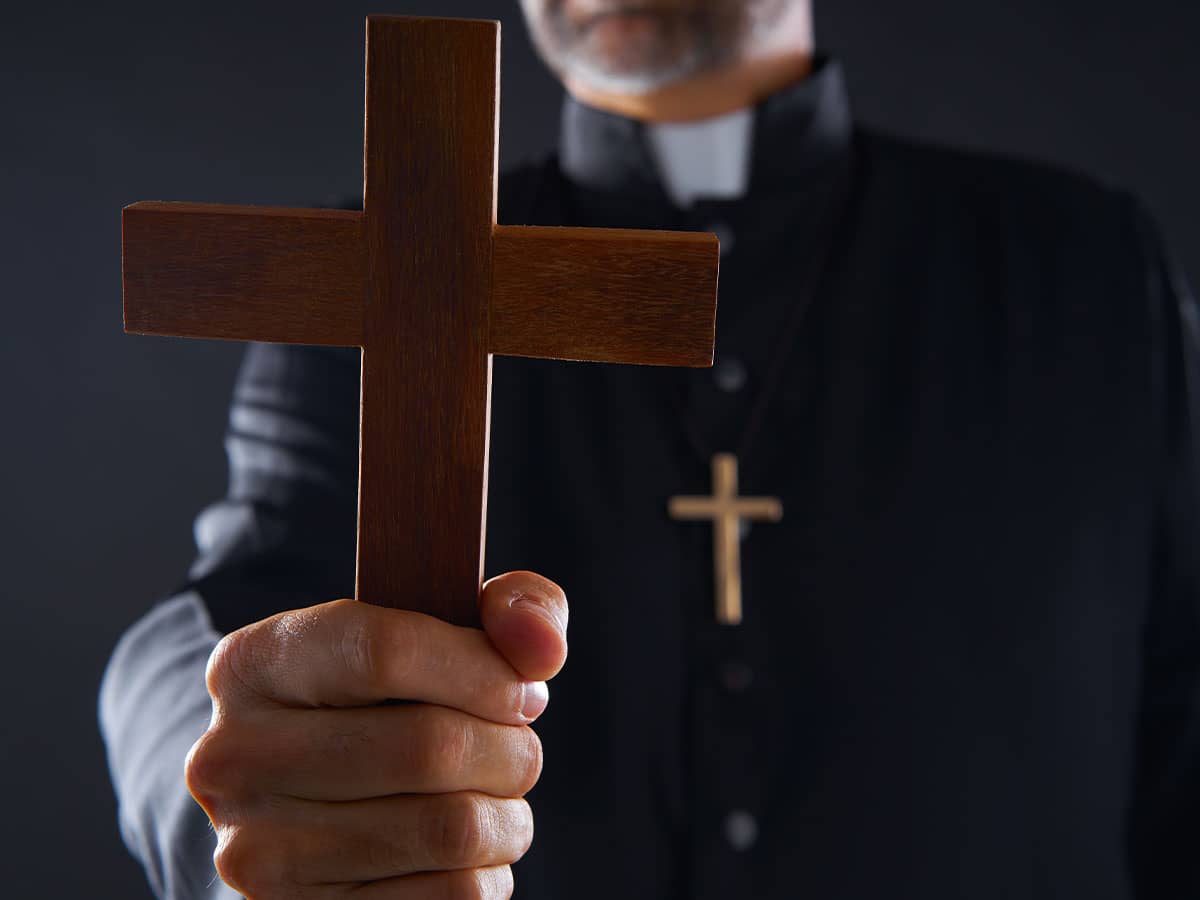
It’s a long shot, but women could bring more insight and leadership to the Catholic Church if the Pope pushes through efforts to look into reinstating female deacons.
The Pope’s announcement to create a commission to study the historical role of female deacons in the Catholic Church is a move in the right direction to allow more leadership roles for women in the church, but it’s important to remember the road could be long for change.
The Pope announced the creation of the commission in early August after promising its creation back in May.
"After intense prayer and mature reflection, Pope Francis has decided to institute the Commission for the Study of the Diaconate of Women,” the announcement earlier this month said.
This will be the third church commission appointed to study the historical role of women deacons since 1992. The other two commissions worked for several years and neither made any changes.
After bishops and priests, deacons are the lowest order of ordained clergy in the Catholic Church. Transitional deacons are seminarians preparing for priesthood and permanent deacons can be married and often lead parishes.
Deacons can perform several of the functions of priests: preach and deliver the homily and Mass. They can perform some of the sacraments, such as baptism and matrimony. However, they cannot hear confessions or consecrate the bread and wine for the Holy Eucharist.
If women deacons are eventually reinstated, it will not be the first time the church has had female deacons.
Some experts believe that when Mary Magdalene went to Jesus’ tomb to remove his body after his death and saw the risen Christ, that she became the first deaconess. She ran to tell the other disciples the news of Jesus’ rising and share the good news and thus was an evangelist and deacon.
However, the first biblical mention of a deaconess is Phoebe, who served the early church.
Critics are concerned that women deacons will lead to women priests, but a deacon’s role is very different from a priest. It’s not as liturgical as a priest, and right now the church needs women leaders to reach out to its female members.
“Women would bring fresh insights and life experiences into the ordained leadership of parishes,” Phillip M. Thompson writes in a column for Religion News Service.
The question is whether or not the Catholic Church will be bold enough to make the change and place women in the leadership roles. Women are desperately needed in the church to uplift and train other women, and it will be interesting to see whether the Pope returns the historical roots of the church and puts women in the servant leadership positions.
But change could take time.
It was only in the 1990s that the Catholic Church ended the centuries-old custom of using only altar boys in church services, opening the way for girls to step into the sought-after servant role.
For women who want to serve their church, the Pope’s announcement this month is a hopeful one. According to the U.S. Conference of Catholic Bishops, there are about 18,000 deacons in the United States and growing, as compared to the number of priests, which are declining.
So will women get a chance to serve the Catholic Church as deacons? Only time will tell.
The Pope has been considered more liberal than his predecessors, but he hasn’t said what he would do with a recommendation in favor of reinstating women deacons. After all, there’s still a strong culture of male privilege and fear of women empowerment within the Catholic Church, and again, that takes time to chip away at.
The Pope’s new commission includes 13 people: seven men and six women, headed by Archbishop Luis Francisco Ladaria, secretary at the Congregation for the Doctrine of the Faith (CDF).
One of the appointees, Professor Phyllis Zagano of Hofstra University, is an American who has written in support of female deacons.
“But the initial choice of servants—deacons—by the apostles was from among those put forth by the community following Jesus's death and resurrection. (Acts 6:1-6),” she writes in “Ordain Catholic Women as Deacons.” “Although she is not mentioned in Acts, given that Phoebe is the only person in scripture called deacon (Rom. 16:1), and given the many evidences of women deacons throughout history, the restoration of women to the diaconate seems to be something Francis could do easily.”
She also said this week that she’s asking the church to start praying for the decisions that could eventually be made.
“Despite the frayed edges of the conversation, I think it is important for the church -- the whole church -- to think and pray about women deacons,” she wrote in a column for the National Catholic Reporter.
“Were they ordained in ceremonies identical to those used for men? Yes. Was that always the case? Who knows? Did their ordination ceremonies include the epiclesis -- the calling down of the Holy Spirit -- and the laying on of hands? Yes. Did they have the same tasks and duties as men deacons? No. They had some. But neither did men deacons share their tasks and duties, including anointing ill women and those newly baptized. History alone cannot decide this. One hopes the Holy Spirit is in the details.
“I cannot tell you how things will be resolved, or when. I can only say that it appears Pope Francis will make a decision. I genuinely believe his decision, whatever it is, will be the right one,” she said.”
For now, the formation of the commission is a start to what could be a major change in the Catholic Church. It’s still unclear what the scope of the commission’s work will be (even Zagano said she didn’t know what comes next), but the fact that a dialogue is happening is important.
“Conversations are important. Listening to experts is important,” said Patrick Donovan, director of the Diocesan Leadership Institute for the Diocese of Bridgeport. “Even if nothing happens, this is really huge.”

